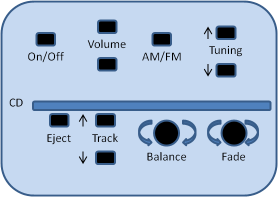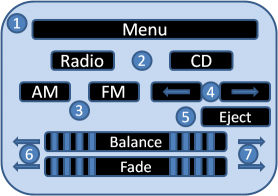It’s been a busy day and before I head out for another networking event I thought I’d take a breather and put some words together for this blog this week. Seems like I had a burst of creativity — or verbosity, depending on your point of view — two weeks ago. I did five blog posts that week, including two videos, one of which was The 15-Question Silent Marketing Test.
Looking at the Google analytics, The Power of Passion got the most views. That was followed very closely by The Instant Strategy Session offer, which is really a commercial for my services, and Keep It Simple, Please. The Business of Selling Likes, Follows and Views, The Power of Planning and The Power of Positioning each got about half as many views as the top three. The 15-Question Silent Marketing Test came in at the bottom. So I’m trying to figure out what this all means.
Beyond the blog, I also look at the overall visitors flow for my website since it went live four short months ago. It looks like this:
People clearly like the calendar, which comes in a very close second to the home page as a landing page, where I aggregate events of interest to my fellow networkers and othersin and around Portland. Several people have praised that page for its ability to show them what’s happening without having to search multiple sites and groups and there are a bunch who actually subscribe to it. I’m clearly providing value there and I’m happy to do it. Presentation Links comes in next and I think that’s because I’ve put my printed info up there in electronic format, including some live pdf planning and strategy forms that I use in my consulting work with clients.
A few people have told me that I’m giving too much away on the Presentation Links page and that it is costing me paying clients. I think that may be true to some extent, but I’m OK with that because there are enough people who want the chance to sit down and talk with me about their specific issues and are willing to invest a few bucks to do so. My mission is to help businesses grow through better marketing strategies. If I can help them do it organically, or provide my services, I’m happy to do both (within reason, of course as I do have to make a living!).
The Marketing Seminar/Workshop page is also getting a significant number of page views and I expect that August 9th event to be a great success. Blatant plug: If you haven’t signed up for it yet, please do so ASAP. The Early Bird price of only $45 for this half-day event ends July 28th. The Newsletter page doesn’t show up at all in the website analytics, which leads me to believe that I’m driving traffic to the website from the newsletter but not vice versa.
What do your site’s analytics tell you about the information you provide to your prospects and customers? What actions do you take based on your interpretation of your analytics?
I’d love to hear from you so please don’t be shy about using the Leave a Comment box to make your thoughts known.







